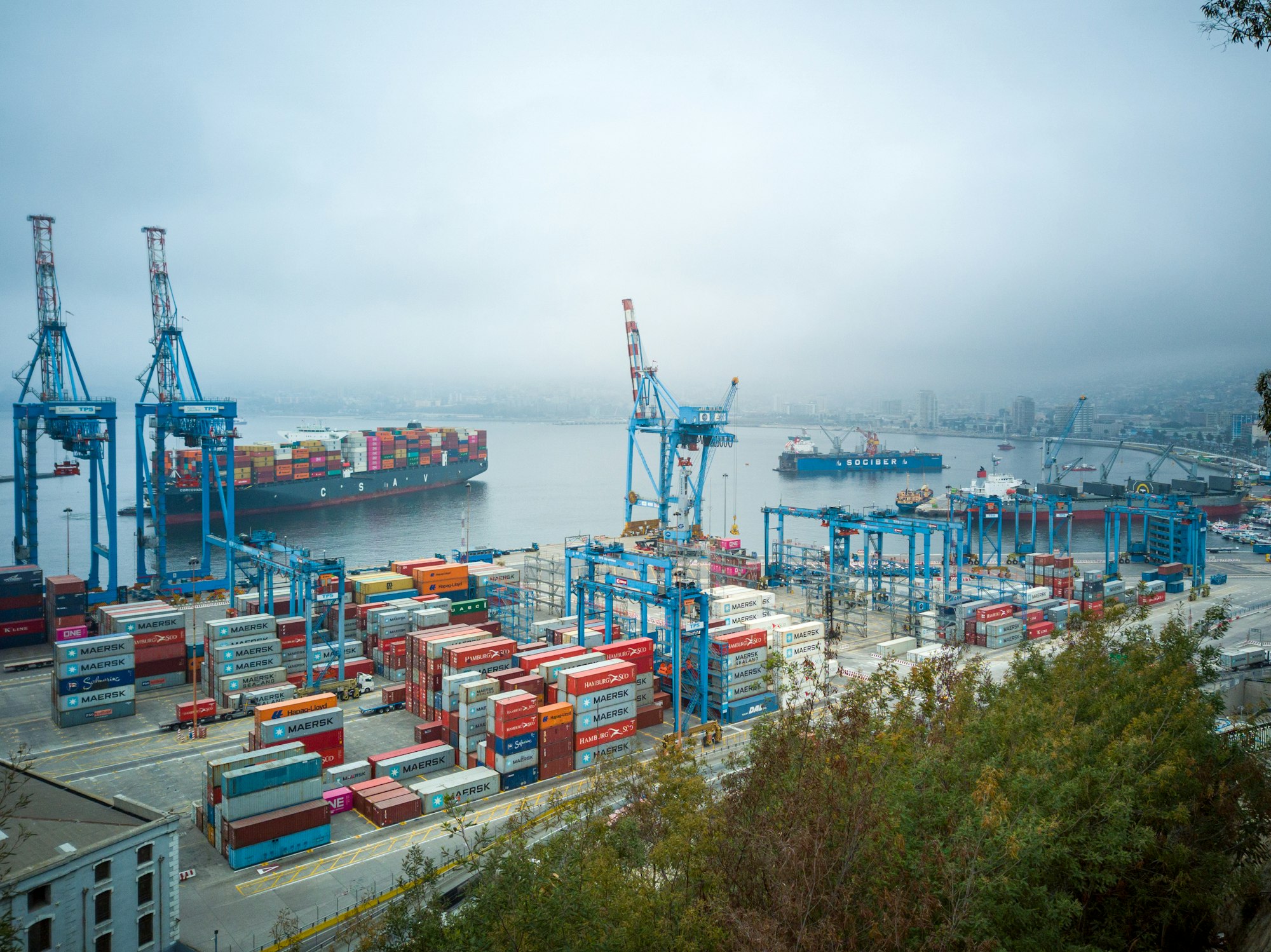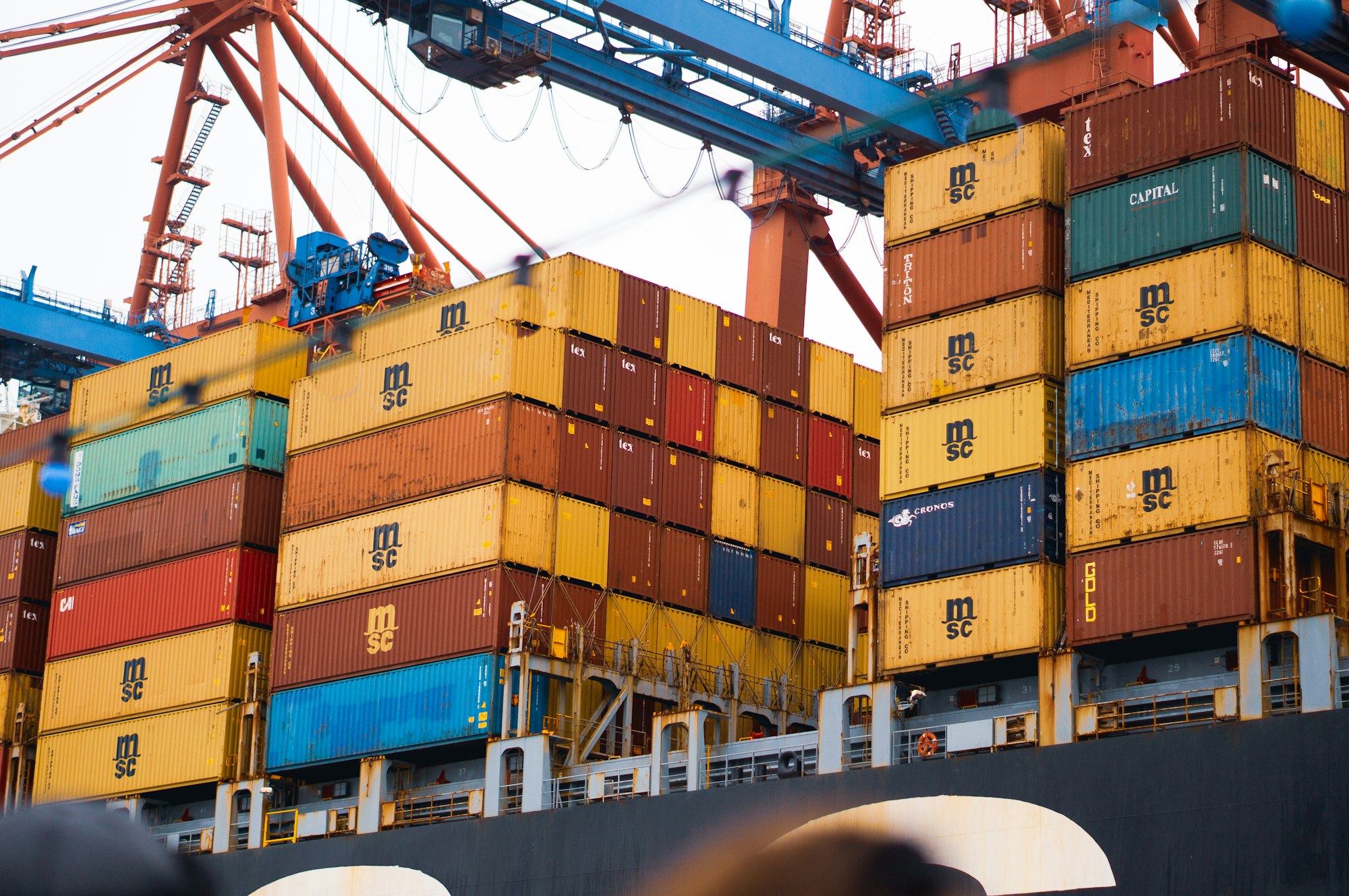Safeguarding the Maritime Frontier: New Cybersecurity Rules for the Marine Transportation System

Introduction
The maritime industry is experiencing an unprecedented digital transformation as vessels, ports, and offshore facilities increasingly adopt interconnected systems to improve operational efficiency. However, this growing reliance on digital technologies has exposed the Marine Transportation System (MTS) to an escalating wave of cybersecurity threats. Recognizing this critical vulnerability, the U.S. Coast Guard has issued a comprehensive final rule aimed at establishing minimum cybersecurity requirements for the maritime sector.

The New Regulatory Framework
On January 17, 2025, the U.S. Coast Guard published its final rule on "Cybersecurity in the Marine Transportation System," which addresses current and emerging cybersecurity threats by adding requirements to help detect risks and respond to and recover from cybersecurity incidents. Set to take effect on July 16, 2025, this rule represents the most significant maritime cybersecurity regulations to date.
The regulations apply to:
- U.S.-flagged vessels
- Outer Continental Shelf (OCS) facilities
- Facilities subject to the Maritime Transportation Security Act of 2002 (MTSA) regulations
Key Requirements
The new cybersecurity framework includes several critical components:
- Cybersecurity Plans: Owners and operators must develop comprehensive plans outlining cybersecurity roles, responsibilities, and strategies tailored to identified risks.
- Designated Leadership: MTSA-regulated entities must designate a Cybersecurity Officer (CySO) responsible for implementing and maintaining cybersecurity requirements.
- Incident Reporting: The reporting of "reportable cyber incidents" to the National Response Center without delay becomes mandatory effective July 16, 2025.
- Network Segmentation: Owners and operators must segment their IT and OT networks, and log and monitor connections between them.
- Training and Drills: Regular cybersecurity training, drills, and exercises must be conducted to ensure personnel readiness.
- Physical Access Control: Organizations must limit physical access to IT and OT equipment, secure and monitor all personnel access, and establish procedures for granting access on a by-exception basis.

Implementation Timeline
While the final rule becomes effective on July 16, 2025, the Coast Guard has established a phased implementation schedule:
- Immediate: Incident reporting requirements take effect on the rule's effective date
- Within 6 months: Required cybersecurity training must be conducted
- Within 24 months: Cybersecurity Plans must be submitted to the Coast Guard for review and approval
Notably, the Coast Guard is soliciting comments regarding a potential 2-to-5-year delay in implementation periods specifically for U.S.-flagged vessels. Stakeholders have until March 17, 2025, to submit their feedback.
Industry Challenges
The maritime sector faces several significant challenges in implementing these new requirements:
1. Legacy Infrastructure
Network segmentation can be particularly difficult in the marine transportation system largely due to the age of infrastructure in the affected population of vessels and facilities. Older systems were not designed with cybersecurity in mind, making retrofitting both technically challenging and potentially costly.
2. Operational Technology Vulnerabilities
OT systems, which govern essential shipboard functions such as navigation, propulsion, and cargo handling, remain a major focus for attackers. Many of these systems rely on outdated software and lack modern cybersecurity measures.
3. Resource Constraints
Compliance remains a challenge for many operators, particularly smaller entities with limited resources. Gaps in implementation may leave organizations exposed to cyber threats despite regulatory requirements.
4. Geopolitical Tensions
Geopolitical tensions are driving a surge in state-sponsored cyber operations targeting maritime infrastructure. These attacks often focus on disrupting global trade, destabilizing economies, or asserting dominance in contested regions.
Recent Maritime Cyber Incidents
The urgency of these new regulations is underscored by recent cyber attacks on maritime infrastructure:
In August 2024, a ransomware attack at the Port of Seattle resulted in significant cargo delays and a data breach affecting 90,000 individuals. As the report notes, "such a wide-scale incursion could have resulted in a longer loss of communications, further security breaches, and accidents with fatalities."
Economic Implications
The maritime industry plays a vital role in the global economy, with the U.S. Marine Transportation System reportedly supporting $5.4 trillion worth of economic activity each year and nearly 95 percent of cargo entering the United States. Disruptions to this system could have far-reaching consequences.
According to the Coast Guard's analysis, this final rule creates costs for industry and Government of approximately $1.2 billion total and $138.7 million annualized, discounted at 2 percent (2022 dollars). However, these costs must be weighed against the potential catastrophic impacts of a successful cyber attack on critical maritime infrastructure.
Compliance Strategies
To meet these new requirements effectively, maritime stakeholders should consider the following approach:
- Conduct a Comprehensive Risk Assessment: The assessment should encompass IT and OT systems, data and connections; threats relevant to the organization, its technologies and its geographic location; procedural vulnerabilities such as lack of staff training; and technical vulnerabilities.
- Develop a Tailored Cybersecurity Plan: Create a plan that addresses the specific risks identified in your assessment and meets all regulatory requirements.
- Implement Technical Measures: Establish network segmentation, access controls, monitoring systems, and other technical safeguards.
- Train Personnel: Develop and deliver comprehensive cybersecurity training to all relevant staff.
- Conduct Regular Drills and Exercises: Test response capabilities through regular drills.
- Consider Waiver or Equivalence Options: The Final Rule allows for limited waivers or equivalence determinations if the owner or operator can demonstrate that the cybersecurity requirements are unnecessary given specific operating conditions or that they comply with equivalent international standards.
Conclusion
The U.S. Coast Guard's new cybersecurity regulations represent a significant step forward in protecting the maritime transportation system from increasingly sophisticated cyber threats. While compliance will require substantial investment and organizational change, these measures are essential to safeguard the critical infrastructure that underpins global trade.
As the maritime industry adapts to these new requirements, failure to comply could result in serious consequences, including hefty fines, loss of operating licenses, delayed operations, and reputational damage. More importantly, inadequate cybersecurity measures could lead to catastrophic maritime incidents with far-reaching implications for safety, security, and commerce.
Maritime stakeholders are encouraged to begin preparation immediately, even as the industry awaits final determinations on implementation timelines for certain vessel categories.
This article is based on the latest information available as of April 29, 2025. Readers are advised to consult official sources and legal counsel for the most current guidance on regulatory compliance.







